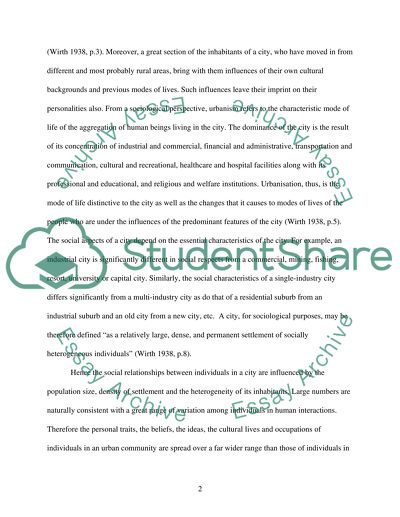Cite this document
(“Impact of Social Heterogeneity and Population Size and Density on Essay”, n.d.)
Impact of Social Heterogeneity and Population Size and Density on Essay. Retrieved from https://studentshare.org/miscellaneous/1533743-impact-of-social-heterogeneity-and-population-size-and-density-on-social-relations
Impact of Social Heterogeneity and Population Size and Density on Essay. Retrieved from https://studentshare.org/miscellaneous/1533743-impact-of-social-heterogeneity-and-population-size-and-density-on-social-relations
(Impact of Social Heterogeneity and Population Size and Density on Essay)
Impact of Social Heterogeneity and Population Size and Density on Essay. https://studentshare.org/miscellaneous/1533743-impact-of-social-heterogeneity-and-population-size-and-density-on-social-relations.
Impact of Social Heterogeneity and Population Size and Density on Essay. https://studentshare.org/miscellaneous/1533743-impact-of-social-heterogeneity-and-population-size-and-density-on-social-relations.
“Impact of Social Heterogeneity and Population Size and Density on Essay”, n.d. https://studentshare.org/miscellaneous/1533743-impact-of-social-heterogeneity-and-population-size-and-density-on-social-relations.


